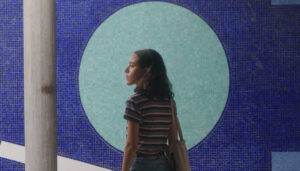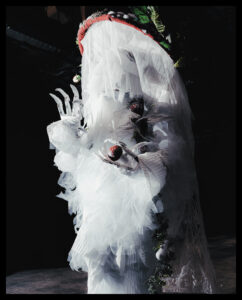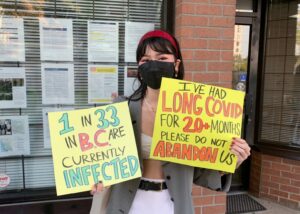The world of fashion is changing. From Dove’s Real Beauty campaigns to untouched photo campaigns by companies like Victoria’s Secret and Aerie, some important steps are being taken towards embracing women’s real shapes as the shape of fashion.
Lately, even bigger changes have been happening in a fashion niche few people ever consider. When you first think of fashion, do you think of powerful, accomplished women in wheelchairs? Odds are you don’t. Even though so many minorities have gained equality and human rights this past decade, acceptance of people with disabilities is rarely questioned.
The dictionary defines a disability as “the lack of adequate power, strength, or ability,” and too often, society simply acts to reiterate this definition. When it comes to personal style, anyone who happens to be sitting down instead of running around is stereotyped as frumpy, pitiful, and certainly not sexy.
“People with disabilities are an untapped consumer market in terms of fashion [. . .] nothing is ever pitched to us.” — Dr. Danielle Sheypuk
Diesel recently launched the #dieselreboot ad campaign featuring 26-year old New York editorial director and fashion blogger, Jillian Mercado. The Spring 2014 ads are set to be featured in Vogue and Interview magazines, with Mercado’s denim dress, bright red lips, and power wheelchair all front and center.
Rather than try to hide or overcompensate for her obvious physical difference, the campaign fully embraces exactly who she is. As someone with muscular dystrophy, the wheelchair is an integral part of her life; rather than make excuses, Diesel chose to feature it and her simply as the stunning model she is. Mercado stated in an interview, “My chair doesn’t give me permission to slack off [in the fashion industry]. My passion is equal to yours — I just come with a chair that moves.”
Bi-annually, in February and September, New York transforms for Fashion Week. This year, the Carrie Hammer show was one of the most talked about, after the designer chose to cast “role models instead of runway models.” Among these was clinical psychologist Dr. Danielle Sheypuk.
Having spinal muscular atrophy all her life, Sheypuk became the first ever model in a wheelchair to participate in a fashion show at New York Fashion Week. Somehow, in 2014, when human rights for so many are front and center in public campaigns, she is the first. “People with disabilities are an untapped consumer market in terms of fashion,” says Sheypuk. “We read the magazines, shop in stores, but nothing is ever pitched to us.”
Today, when diversity is an ever-expanding market, people with disabilities still have inadequate representation. Unlike young plus size girls, or girls with freckles, little girls in wheelchairs have had no one to look up to “just like them” on a public platform of any kind.
Until 2014, you couldn’t find representation in a high end fashion magazine, on an endless stream of online news sources, or as part of a runway show so integral to New York’s fashion and consumer culture. But, this is starting to change. It may not be widely accepted yet, and we still have a long way to go, but it all has to start somewhere. Perhaps these two ladies can be the catalysts of change that the fashion industry needs.















Bravo dahling! I too am in a hovearound from Familial Dysautonomia, avascular necrosis and more. I had to halt everything cause of the disease progression and although my body wanted to stop, my “will” to continue in fashion will never die. Never. Thank you. xo Stay FIERCE!